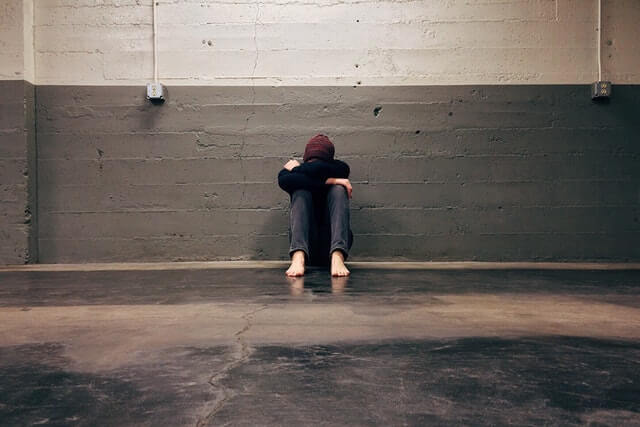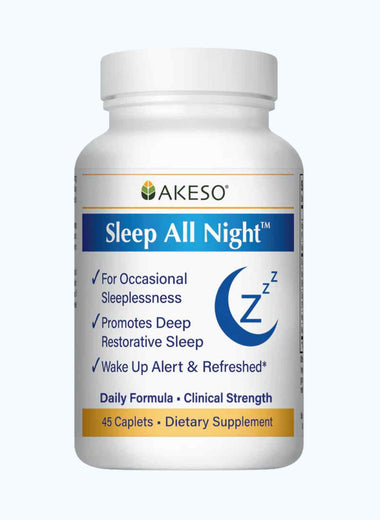Mental health is one of the most underserved sectors of public health. Yet, about 1 billion people worldwide live with a mental disorder. In fact, more than 50% of Americans will, at some point in their lives, be diagnosed with a mental disorder.
Mental health issues touch nearly all of us in some way, directly or indirectly. Mental illnesses refer to mental health conditions that affect thinking, mood, and behavior. Such disorders include anxiety disorders, depression, eating disorders, and schizophrenia.
Mental and physical health are equally vital components of overall health, and they are very much interlinked. For example, if an individual has depression, they are at greater risk of several kinds of physical health issues, particularly long-term diseases like diabetes, heart disease, or stroke. On the other hand, chronic illnesses could raise the likelihood of developing mental disorders.
Unfortunately, the number of those living with mental illness is rising. And with the rise of the illness comes an increase in antidepressant prescriptions. Between October and December 2020, more than 20 million antidepressants were given, a 6% rise over the same three months in 2019. Today, mental health drugs are one of the three leading drug classes in the U.S. In addition, self-medicating illegally with opioids and stimulants has also been on the rise.
The drastic increase in mental illnesses doesn’t just spring up from thin air. Life today is supposedly easier than it was 50 years ago, so why are people suffering from mental disorders more than ever before?
The strain on Americans’ mental health is linked to several factors. In this article, we will be diving into the reasons behind the surge in mental illness and antidepressant prescription sales.
1. The COVID-19 Pandemic
COVID-19 cases were not the only ones to rise during the pandemic. The prevalence of mental health issues surged greatly, both nationally and globally. According to a review, the COVID-19 pandemic resulted in an overall increase in cases of mental disorders. In 2020, there was a significant increase in depressive and anxiety disorders globally, with 53.2 million and 76.2 million additional instances of anxiety and major depressive disorders (MDD), respectively.
The countless stressors imposed by the coronavirus pandemic have impaired the mental health and well-being of individuals. Public psychological consequences were directly and indirectly linked to the virus itself. Among the several factors that negatively impact the general public’s mental health include the fear of contagion, perception of danger, worries about relatives and family members, protective measures, financial issues, lockdowns, and extensive media coverage. These factors can lead to feelings of anger, anxiety, grief, loneliness, and boredom.
The continuous strain and uncertainty of COVID-19 have raised the demand for psychological services in the United States. In addition, the prescription of medication rose significantly. For example, during the third week of March and mid-June 2020, it was reported that there was a 50% increase in antidepressant medication use. This increase is likely due to the pandemic’s effect on mental health.
2. Social Media
The surge in mental illness could be related to increased social media usage. Online interaction has become dominant over face-to-face communication, leading to increased feelings of loneliness and isolation. Among social media and other platforms, physical appearance is highly stressed. Trends float around on Instagram and TikTok, telling people how to dress and look.
Changing one’s appearance in a photo has never been easier. All you need is an app, and before you know it, you have gone down a couple of sizes, have flawless skin, and have the whitest of teeth. When posted online, the edited pictures could lead viewers to compare and develop unrealistic expectations of physical appearance, which could contribute to the development and exacerbation of anxiety, depression, and eating disorders. In addition, cyber-bullying is more common than one might think, and falling victim to it is linked to suicidal behaviors and depression.

The negative powers of social media raise the risk of mental health problems, particularly in adolescents and young adults. Mood disorders and suicide-related consequences have significantly risen in these age groups, disproportionately affecting women and those who are wealthier.
3. Lifestyle
A wide range and growing number of medical and mental problems have been found to be caused and influenced by an individual’s lifestyle. Lifestyle factors usually include the consumption of healthy/unhealthy food, amount of food consumed, level of physical activity, use of tobacco smoking, level of alcohol consumption, etc.
The food you consume plays a great role in your mental and physical health. Your brain is like an expensive car. It functions best when you provide it with premium fuel. However, anything less than premium could eventually lead to car issues. In terms of the body and brain, high-quality foods with many vitamins, minerals, and antioxidants are premium fuel. On the other hand, diets high in fat and refined sugars are less than premium and can harm your brain, impair its functions, and even worsen symptoms of certain mental illnesses.
Studies comparing traditional diets, such as the Mediterranean diet, to a Western diet have found that people who consume a traditional diet had a 25% to 35% decreased risk of depression. This disparity can be attributed to the fact that traditional diets are abundant in vegetables, fruits, whole grains, fish and seafood, and contain only moderate amounts of lean meats and dairy. In addition, they are free of processed and refined foods, as well as sweets, which are staples in the “Western” diet. However, the high adoption of the Western diet and other negative lifestyle factors could be linked to the high prevalence of mental illness.
4. Big Pharma Advertisements
A few key aspects of mental health continue to grab public attention. Pharmaceutical advertisements might not directly affect the spike in mental illness but are directly linked to the surge in antidepressant prescription sales.
By far, citizens in the U.S. are the biggest consumers of prescription drugs. Research has found that the U.S. spends more than any other nation on prescription drugs, spending about $1,229 in 2019. Other countries like Canada, Switzerland, and France have only spent $879, $894, and $671, respectively. It is estimated that around 66% of the U.S. population depends on Big Pharma.

A part of the reason why those in the U.S. take the greatest amount of prescription medication might be linked to the marketing of drugs. Research has found that drug ads can increase sales of medicines, including antidepressant medications. Advertisements even drive new consumers into the market.
Final Thought
Mental illnesses are on the rise. This increase is linked to several factors, including the COVID-19 pandemic, social media, and lifestyle. In addition, the exposure to pharmaceutical advertisements might be contributing to the spike in antidepressant medication sales.
Stigmas and misconceptions continue to surround mental illness, discouraging those seeking treatment. However, whether you or someone you know has a mental illness, there are always ways to get help. Studies have shown that the majority of those with mental health disorders get better and may recover fully.
Resilient Mood features a blend of nutritional ingredients to support brain health. Discover how it complements a healthy lifestyle focused on mental wellness.






